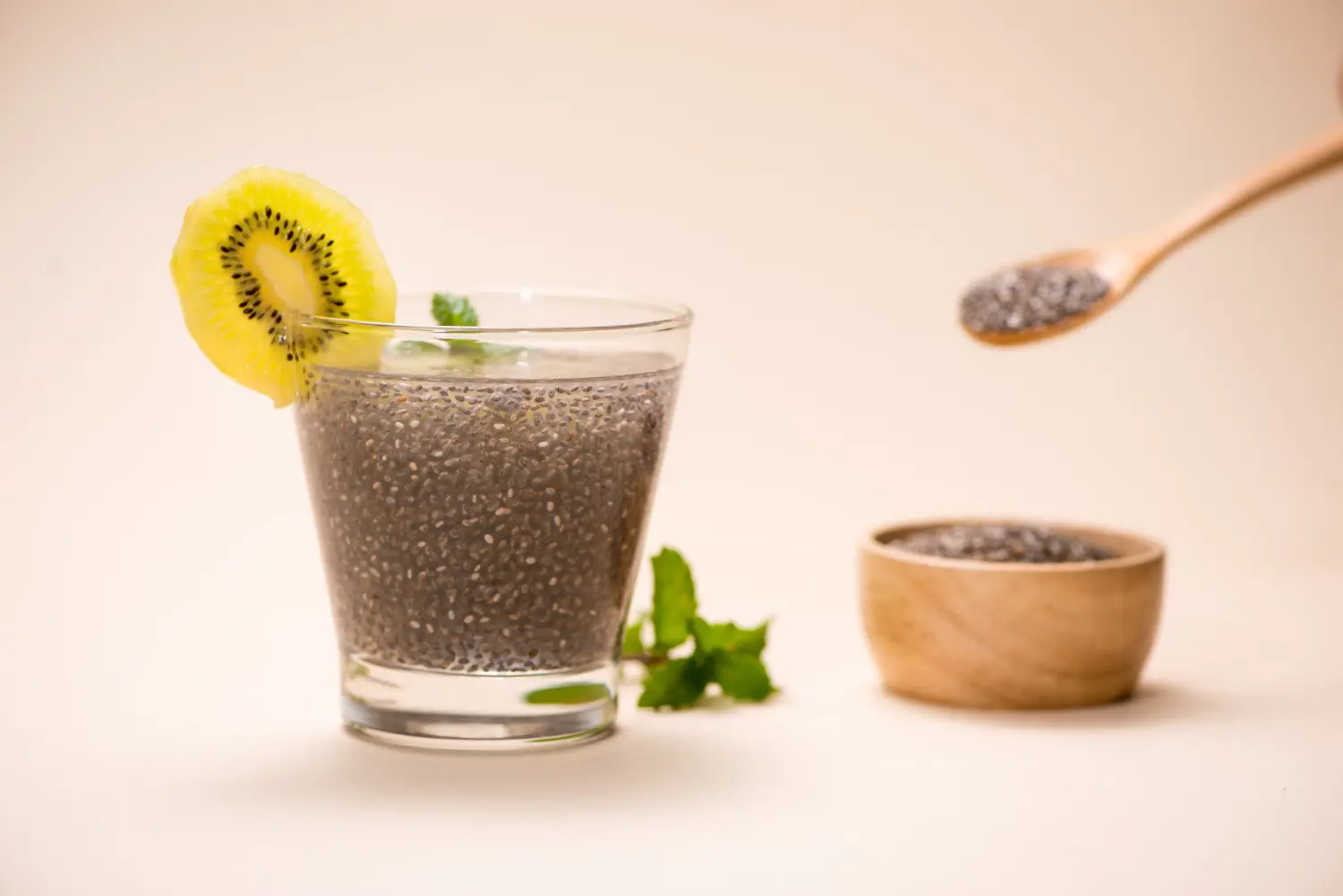The surge in popularity of gluten-free diets has led many to explore diverse and nutritious alternatives to traditional wheat-based products. One such rising star is cassava. Whether you’re a gluten-free dieter, a health-conscious consumer, or a nutrition enthusiast, understanding the role of cassava in gluten-free diets can offer you a tasty and nutritious option worth considering.
What is Cassava?
Cassava, also known as yuca, is a root vegetable native to South America. It’s a starchy tuber much like potatoes and yams. Cassava is remarkably versatile and can be used in various forms, such as whole root, flour, or even chips.
Cassava Flour vs. Tapioca Flour
Before we go any further, it’s important to clarify a common point of confusion. While both come from the cassava root, cassava flour and tapioca flour are not the same. Cassava flour is made by grating and drying the whole root, whereas tapioca flour is derived from the starch of the cassava root. Both are gluten-free but offer different textures and uses in cooking and baking.
Why is Cassava Flour Popular in Gluten-Free Diets?
Naturally Gluten-Free
One of the key advantages of cassava flour is that it’s naturally gluten-free. For individuals with celiac disease or gluten sensitivity, this is crucial. Cassava provides a safe alternative without the risk of cross-contamination often found in other gluten-free products.
Nutrient-Rich
Cassava is not just a good substitute for gluten-containing foods; it’s also nutrient-rich. It contains vitamins and minerals such as vitamin C, folate, and magnesium. Plus, it’s high in dietary fiber, which aids in digestion and promotes gut health—a common concern among those on gluten-free diets.
Versatile in Cooking and Baking
Cassava flour can replace wheat flour in many recipes, from bread and pancakes to cookies and pizza crust. Its neutral flavor makes it an excellent choice for both sweet and savory dishes. It’s also easy to work with, unlike some other gluten-free flours that require a mix of several types to mimic the properties of wheat flour.
Sustainable and Eco-Friendly
For the environmentally conscious, cassava provides an eco-friendly option. It is a drought-resistant crop, making it more sustainable in areas with less water. Growing cassava requires fewer resources compared to other staple crops, contributing to its growing popularity.
How to Incorporate Cassava into Your Gluten-Free Diet
Start with Simple Recipes
If you’re new to using cassava flour, start with simple recipes like pancakes or flatbreads. These recipes allow you to get a feel for how cassava flour behaves compared to traditional wheat flour.
Experiment with Baked Goods
Cassava flour can be a game-changer in gluten-free baking. Try substituting it for wheat flour in your favorite cookie or muffin recipes. Remember, it absorbs more liquid than wheat flour, so you may need to adjust the amount of liquid in your recipes.
Use as a Thickening Agent
Cassava flour can also be used to thicken soups, sauces, and gravies. Its fine texture allows it to dissolve easily, providing a smooth consistency without altering the flavor.
Conclusion
Cassava is a versatile, nutritious, and sustainable option for those following a gluten-free diet. It offers a range of benefits, from being naturally gluten-free to being rich in essential nutrients and easy to incorporate into various recipes. Whether you’re looking to diversify your diet or find a reliable gluten-free flour, cassava is worth exploring.
Ready to give cassava a try? Share your favorite cassava recipes or cooking tips in the comments below!
For more gluten-free tips and recipes, subscribe to our newsletter and stay updated on the latest in healthy eating.



